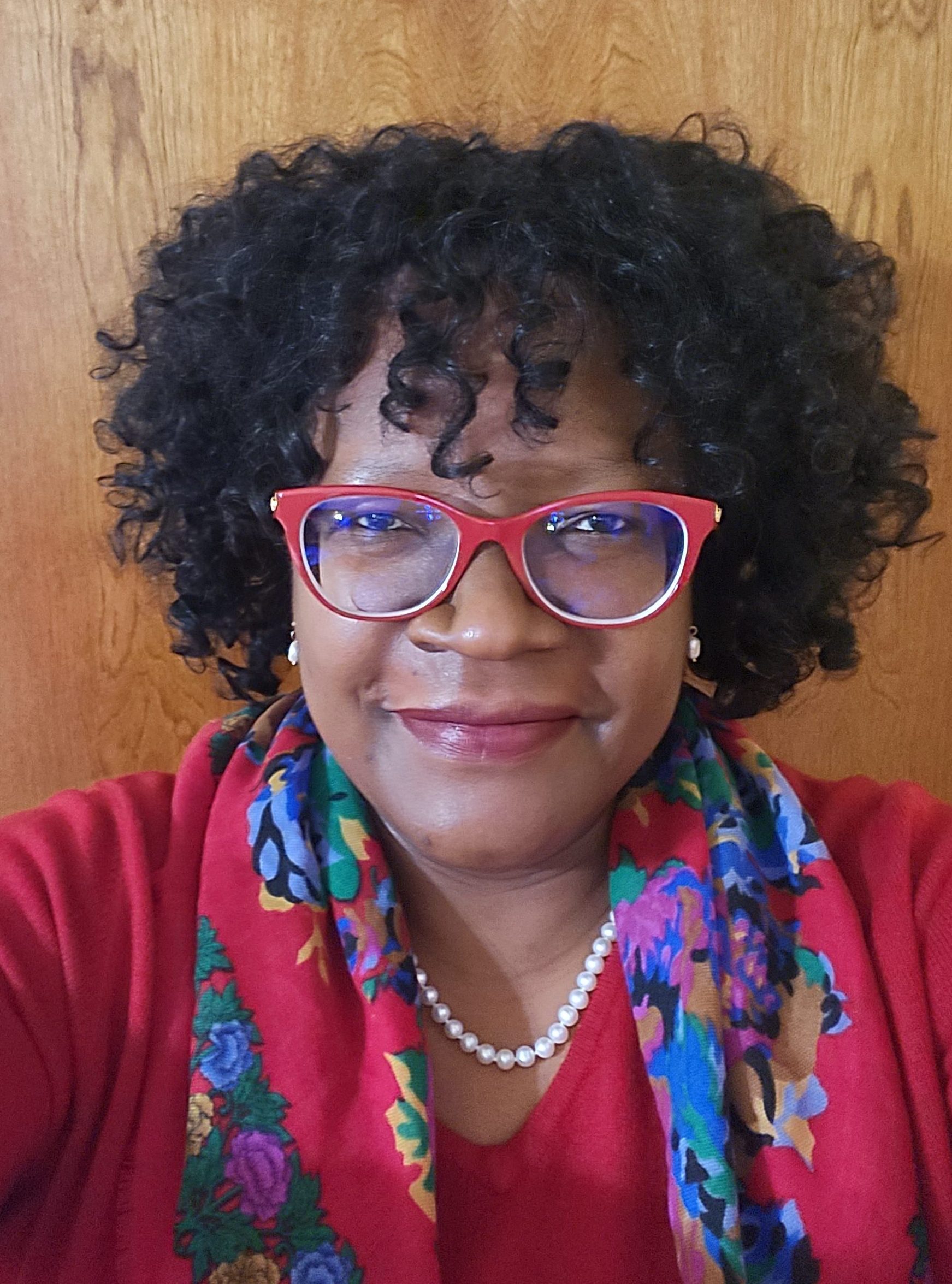Merritt College Radiologic Science Program
Frequently Asked Questions
Where can I find the offices of the Radiologic Science Program?
The Allied Health office is in the “S” building, room S343. The Program
Director’s office is in S325. Additional program faculty are in S319 and
S324. The Allied Health senior clerical assistant’s phone number is 510 436-2422.
The Program Director’s phone number is 510 436-2427.
How long is the program?
The program spans 24 consecutive months, starting from August of the first year and continuing until August, 24 months later. During this period, there are typically no breaks between semesters, except for winter and spring break. Additionally, the summer session lasts 12.5 weeks, commencing the day after Memorial Day and concluding on the Wednesday before the beginning of the Fall semester.
Is there anything I can do other than completing the prerequisite and general education courses that might increase my chances of successfully completing the radiography program if accepted?
Beyond completing the prerequisite and general education courses, there are additional steps you can take to enhance your chances of success in the Radiologic Science program:
- Recommended Preparation:
- While not mandatory for enrollment, the following areas of study can support your success in the program:
- Higher Mathematics: Consider taking courses in Statistics, Pre-Calculus, or Calculus. These mathematical foundations can be beneficial.
- Physics: Courses such as Introduction to Physics, General Physics, or Physics of Radiation and Electromagnetism can provide valuable knowledge.
- Medical Terminology: Familiarize yourself with medical terminology, as it will be relevant in the program.
- Introduction to Computer Information Systems: Proficiency in computer skills is essential. If you’re not already proficient, consider taking a course.
- Professional or Business Communications: Effective communication is crucial in healthcare settings.
- Healthcare or Customer Service Experience: Prior work or volunteer experience in healthcare or customer service can provide valuable insights and skills.
- While not mandatory for enrollment, the following areas of study can support your success in the program:
Remember that these recommendations are not mandatory, but they can contribute to your overall preparedness for the program. Best of luck!
How do I qualify to begin working as a technologist after graduation?
To qualify for working as a radiologic technologist after graduation, follow these steps:
- Program Completion:
- Successfully complete the Prerequisite requirements, General Education requirements, and the Major course requirements.
- You can earn either an Associate of Science (AS) degree or a Certificate in Radiologic Science.
- The certificate-only option is available to those who already hold an associate degree or higher.
- Submit a petition for either the certificate or the associate degree (or both) to Admissions and Records by the Summer graduation deadline to officially complete the program.
- Registry Examination:
- Graduates must take a registry examination administered by the American Registry of Radiologic Technology.
- The exam covers the knowledge and skills required of an entry-level technologist.
- To qualify, you must pass the exam with a score of 75% or greater.
- Additionally, obtain a certificate from the California Department of Public Health, Radiologic Health Branch.
Once you’ve completed these steps, you’ll be qualified to begin your career as a radiologic technologist!
What is the difference between a technologist and a technician?
Radiologic Technologist:
-
- Holds a two-year degree or certificate.
- Qualified to perform X-rays on any part of the body.
- May work in various settings, including:
- Radiology departments
- Nursing floors
- Surgery
- Emergency departments of hospitals
- Imaging centers
- Mobile units
- Clinics
- Doctor’s offices
- Technician:
- Holds a limited permit.
- Completed a shorter education program than a technologist.
- Sits for state licensing examinations and upon successful passage, technicians can X-ray a very limited range of body parts.
- Typically work in doctor’s offices.
- Generally, the salary rate for technicians is considerably less than that of a technologist.
Remember that both roles play essential roles in healthcare, and their responsibilities vary based on their qualifications and training.
What is the salary range for a radiologic technologist in the Bay Area?
- New Graduates in Hospitals:
- Salaries typically range from approximately $57.00 to $66.00 per hour.
- Technologists working evening or night shifts often receive a pay differential above the base salary level.
- Technologists in Doctor’s Offices and Clinics:
- Those working in doctor’s offices and clinics may receive 20-30% less pay compared to hospital-based technologists.
- Location Variation:
- San Francisco hospitals generally offer higher salaries than those located in the suburbs of Alameda and Contra Costa counties.
Keep in mind that these figures can vary based on factors such as experience, certifications, and specific employer policies.
What career growth opportunities exist for this profession?
Enhancing employability for new graduates is crucial, and there are several pathways they can explore. Let’s break down some strategies:
- Continuing Education in Specialty Areas:
- New graduates can enhance their skills and marketability by pursuing further education in specialized fields. For instance, areas like Sonography, Nuclear Medicine, or Radiation Therapy offer specific expertise that can make graduates more attractive to employers.
- These specialized programs often provide hands-on training, which is valuable for gaining practical experience.
- Bachelor’s Degrees:
- Earning a Bachelor of Science (B.S.) or Bachelor of Arts (B.A.) degree can significantly boost employability.
- A B.S. degree typically focuses on technical or scientific subjects, while a B.A. degree emphasizes liberal arts and humanities.
- Graduates with bachelor’s degrees tend to have broader knowledge and critical thinking skills, making them adaptable to various roles.
- Career Paths Beyond Clinical Roles:
- Management: Graduates can move into management positions within healthcare facilities or related industries.
- Sales: Opportunities exist to sell medical equipment, supplies, or pharmaceuticals.
- Applications and Education: Graduates can work in software development, healthcare applications, or educational institutions.
- Independent Consulting: Some graduates choose to work independently as consultants, offering specialized expertise to organizations.
- Networking and Experience:
- Beyond formal education, graduates should actively network. Attending conferences, workshops, and industry events can help build connections.
Remember that employability isn’t just about qualifications; it’s also about adaptability, communication, and a growth mindset. Graduates who continuously learn, network, and stay open to diverse opportunities will enhance their chances of success in the job market.
I took a similar course to Radsc 1A – Survey of Radiologic Science at another college. Do I have to take the course again at Merritt?
Given the large number of students applying to the program, individual meetings with program faculty are not feasible. Instead, prospective students receive program application information through the Survey class, which outlines expectations and what they can anticipate from the program.
Is it possible to transfer to the Merritt College Radiologic Science Program from
another program?
Due to variations in program structure and clinical requirements, transferring from another program is currently not allowed. The sole option available is the full twenty-four-month program.
Is there an accelerated program available for graduates of foreign x-ray programs, or
CRT’s seeking ARRT registry eligibility?
The program does not currently offer an accelerated option for students; only the full two-year program is available.



